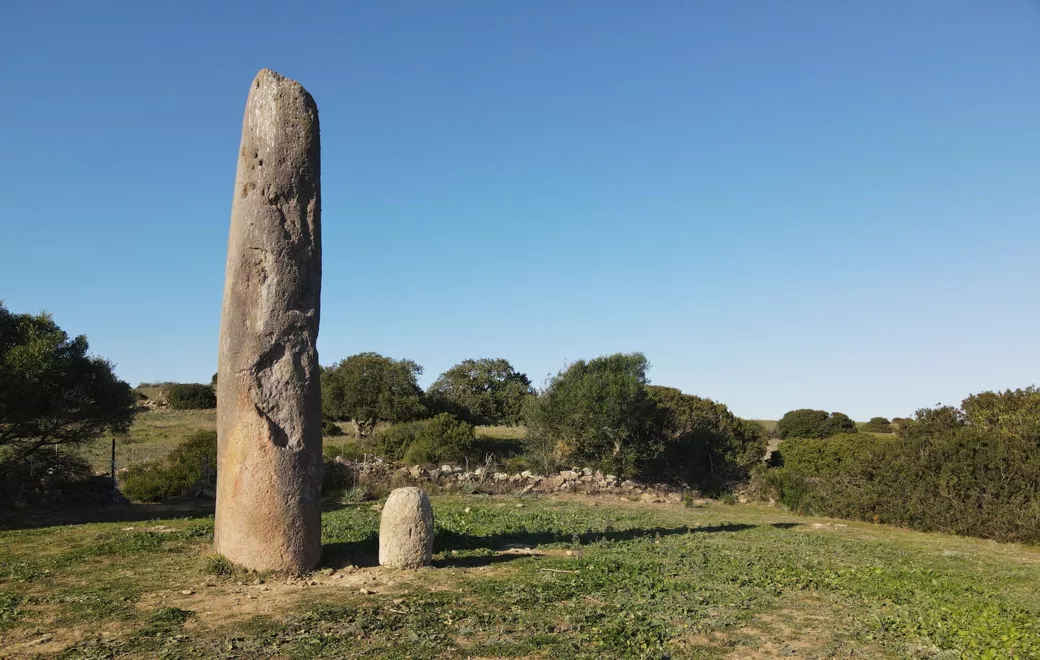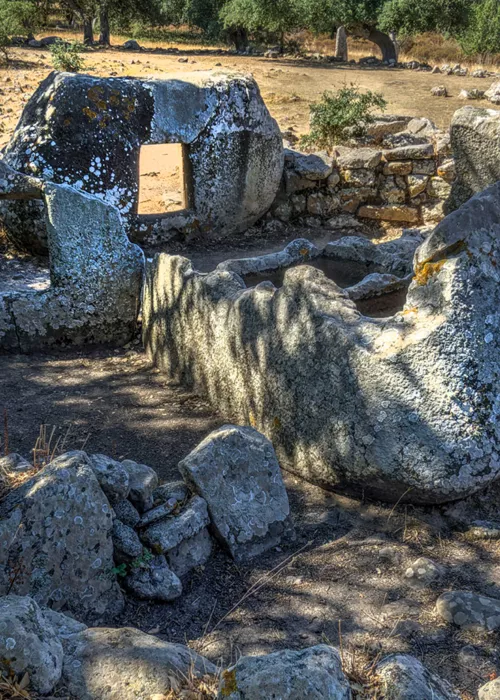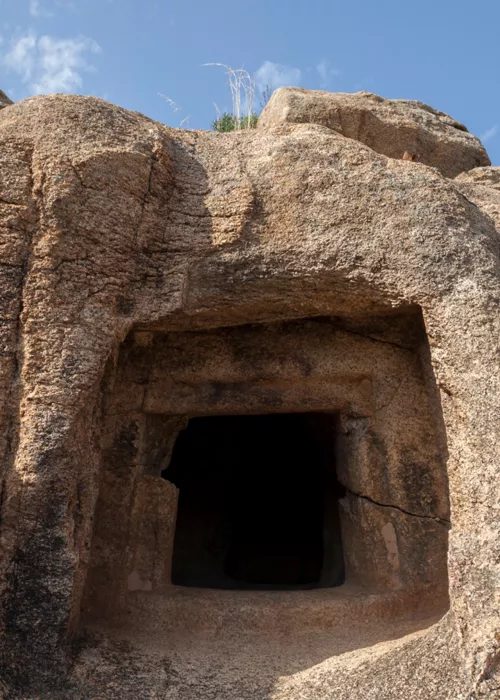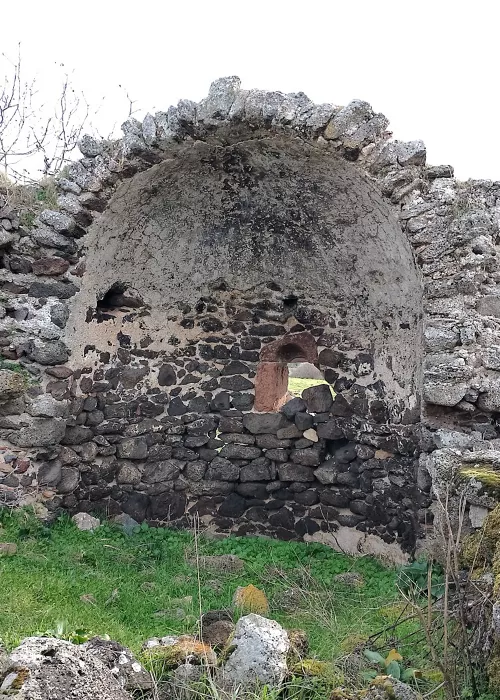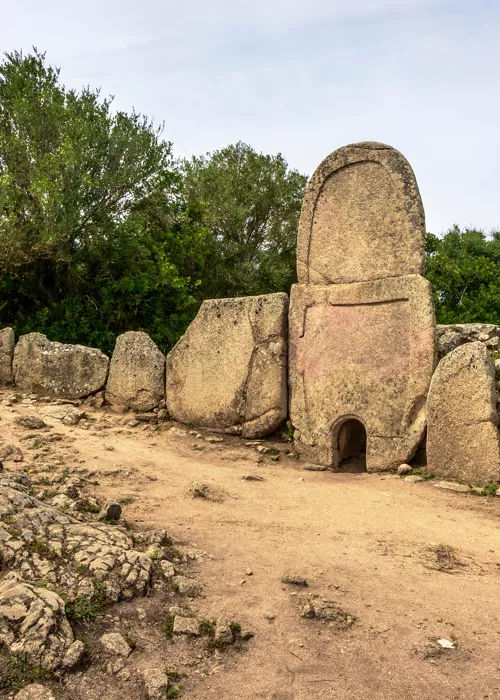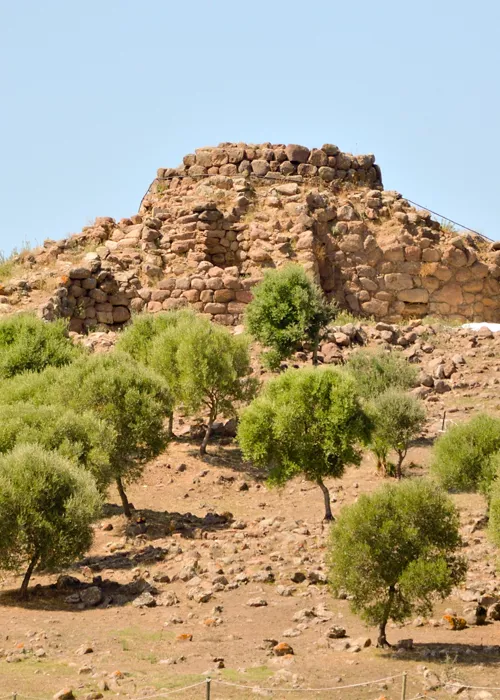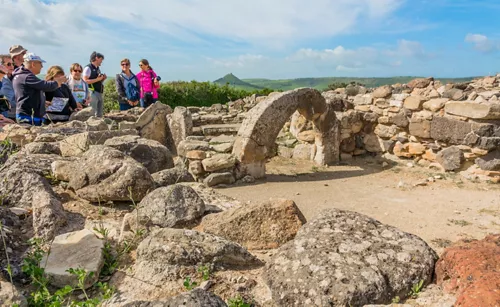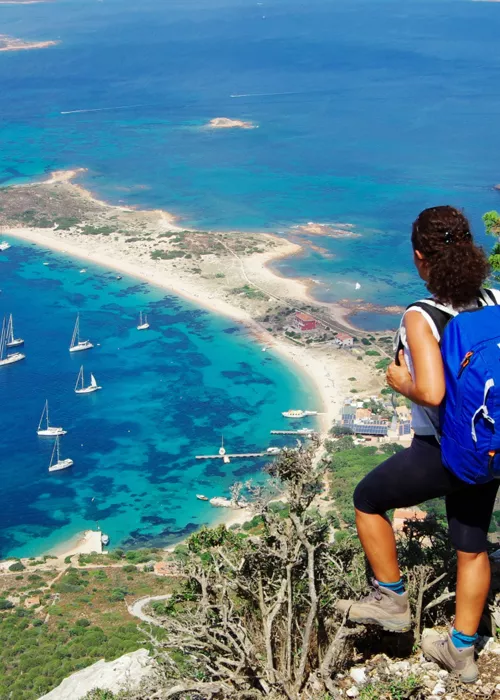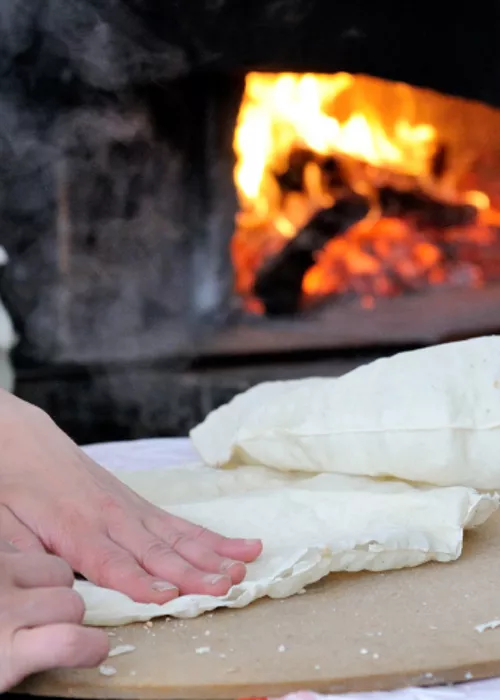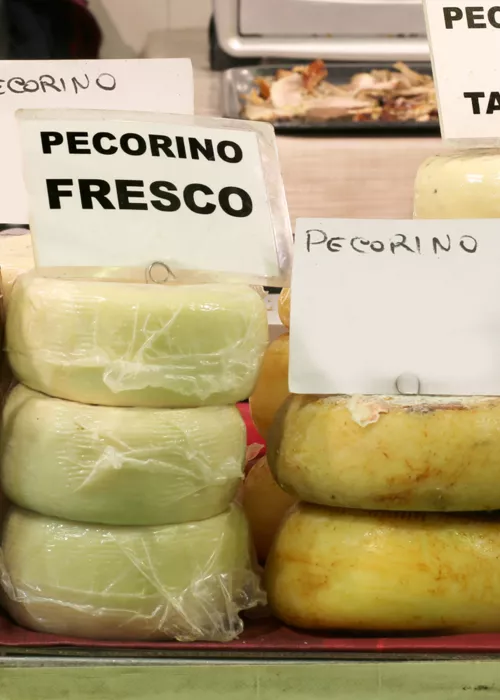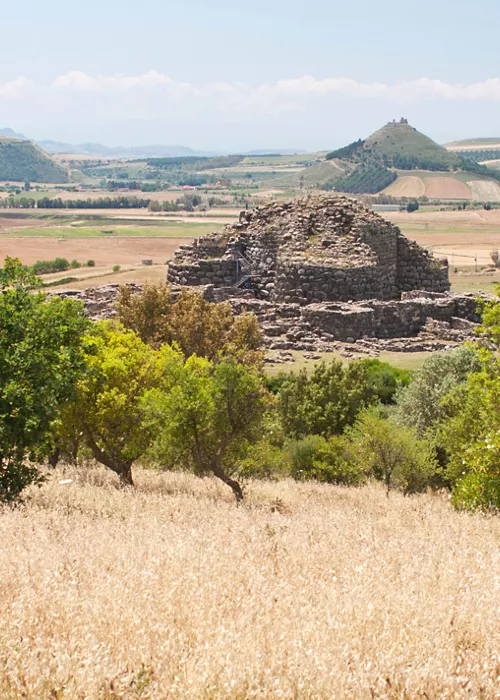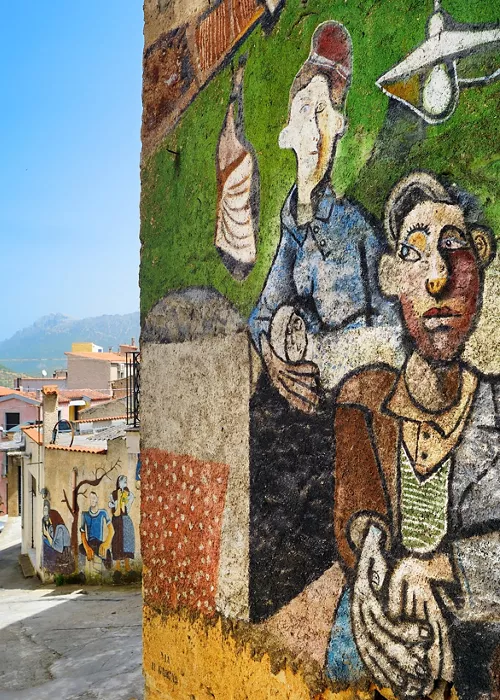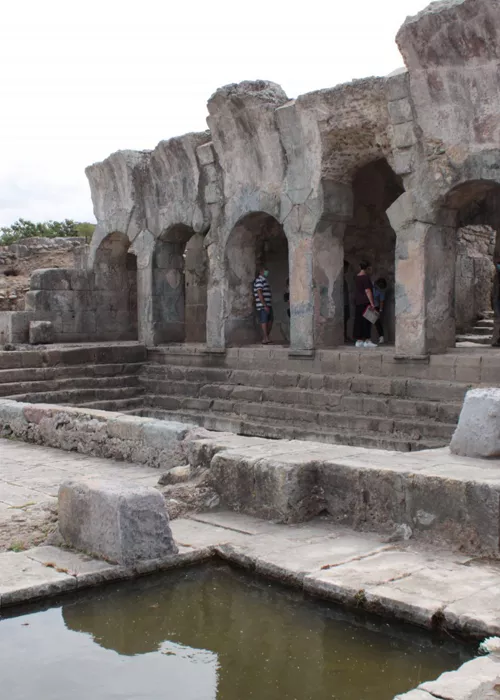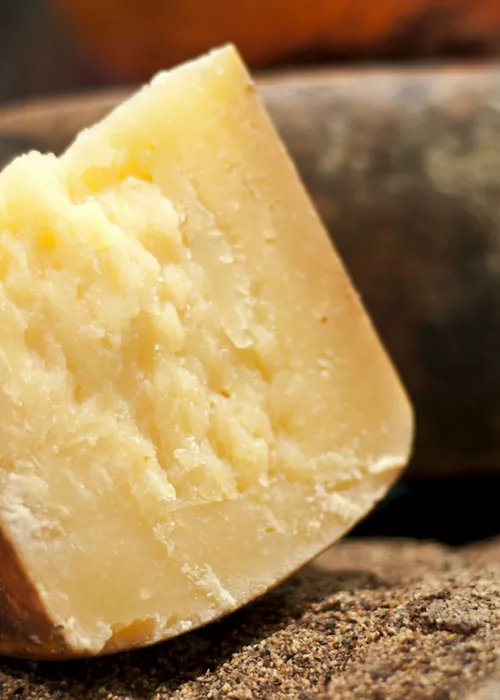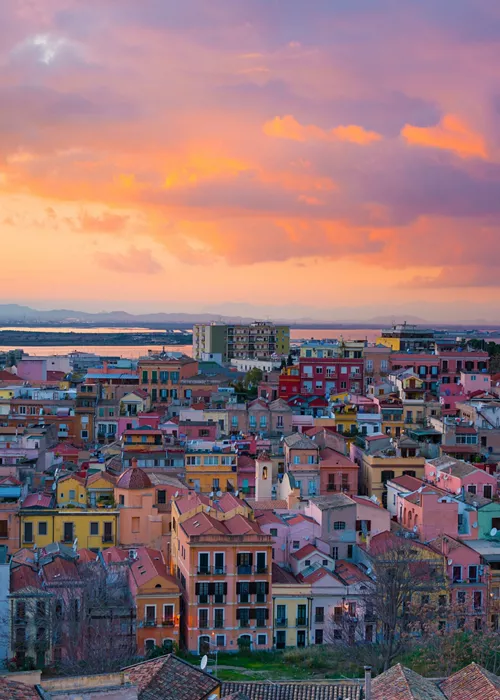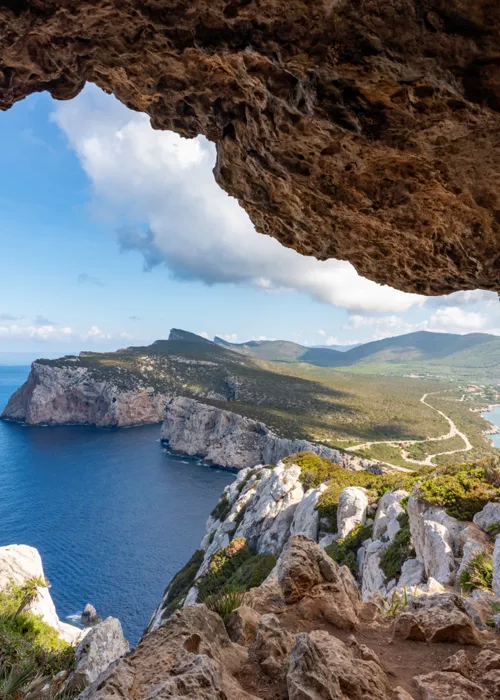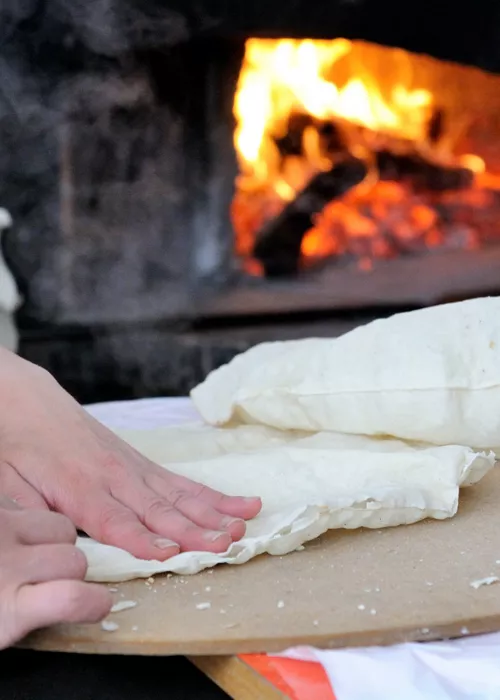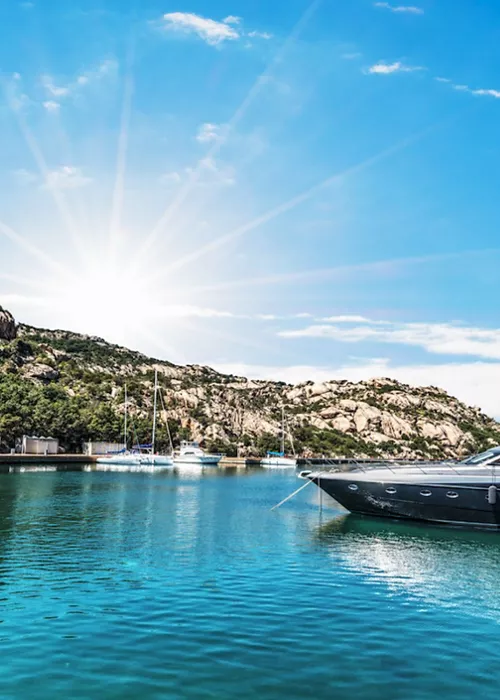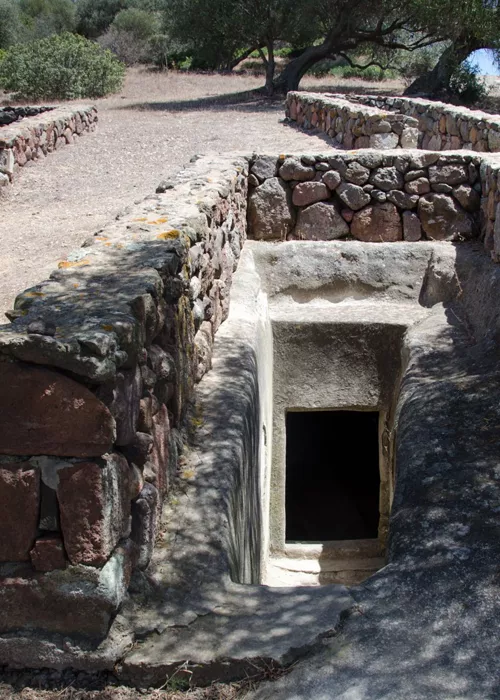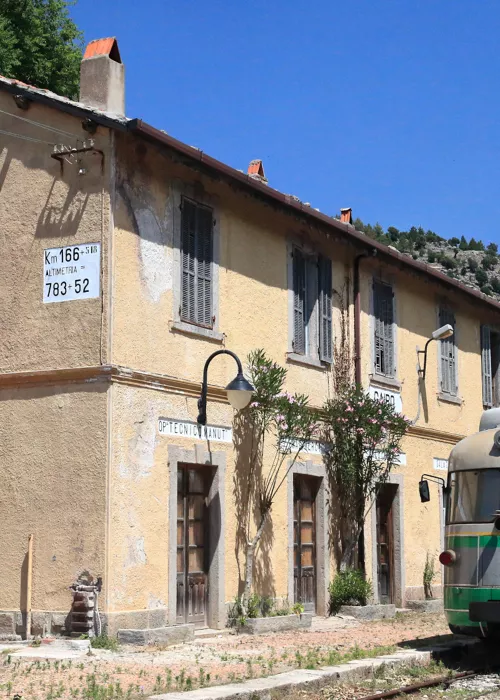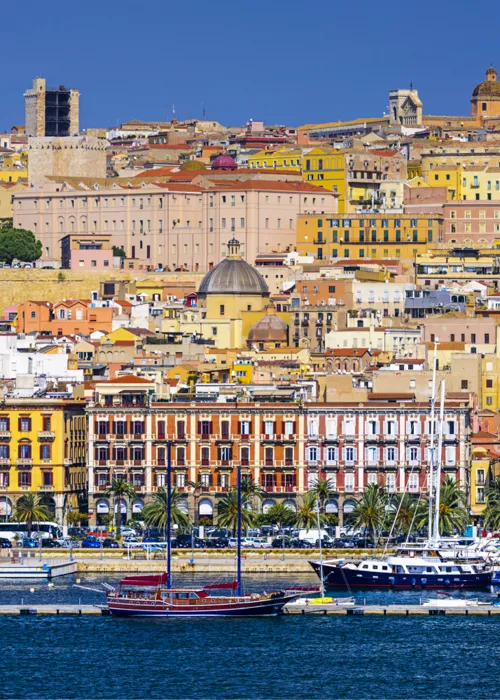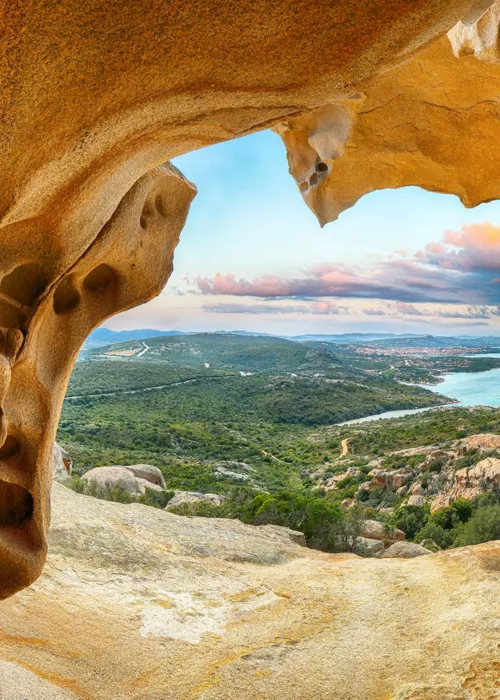Menhirs and Dolmens, the ancient stone civilisations in Sardinia
2 minutes
From the North to the South of the island, on the trail of the signs of prehistoric Sardinia: discover the menhirs, large mysterious stone monoliths stuck in the ground, and the dolmens, megalithic funerary monuments showing Neolithic religious rites.
An unmissable heritage for archaeology lovers to discover, for an emotive step back in time.
The Goni menhirs, the Sardinian Stonehenge
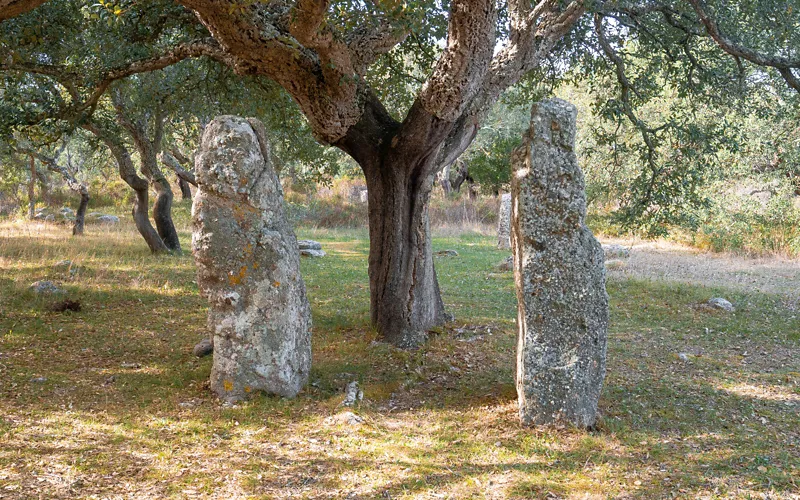
Pranu Muttedu Archaeological Park is located in the small town of Goni, in Gerrei south of the island. As soon as you step foot in the park you will understand why the area is known as Sardinia’s Stonehenge, in reference to the famous archaeological site in the UK. The park spans over 200,000 square metres, there are 60 menhirs that stand out, these large stones are planted vertically in the ground and reach up to 5 metres high. They are arranged in pairs or triads, and even in group formations.
The centuries old cork trees will provide shade, while the Mediterranean shrubs emanate their wonderful scents. Nature surrounds ancient structures creating a powerful landscape. Menhirs surround the burial grounds of Pranu Muttedu and Nuraxeddu, which suggests that they could have served as guardians of sacred areas and cemeteries, or as representations of the ancestry themselves within the imposing megalithic tomb circles.
Look for the row of 20 menhirs: their arrangement is not haphazard. It follows an alignment along the east-west axis where the sun rises and sets during the equinox. This demonstrates the careful observation of the skies from these ancient populations.
However the precise function of the menhirs continues to elude contemporary man. We can but form a multitude of hypotheses, which makes them all the more fascinating: an ancestral stone rich in symbolic values that emanates a powerful energy.
In the archaeological site you can also observe some Domus de Janas: the prehistoric hypogean tombs dug directly into the rock.
In Morres, to discover the king of dolmens

Sa Coveccada is considered one of the largest dolmens in the entire Mediterranean area, and one of the most important in the world. You will have to head to the north part of the island to find it. Sa Coveccada, in Italian Sardinian dialect sounds like “ciò che serve per ricoprire”, which means what is needed to cover. This refers to the typical structure of these buildings formed by vertical slabs, planted in the ground and surrounded by one or more horizontal slabs.
The imposing stone monument is located in Morres, in the province of Sassari. It is 3 metres high and 5 metres wide. It was probably a communal burial tomb, a sort of anticipation of the Tombs of the Giants, which isn’t uncommon in Sardinia.
After walking along a rather intricate path, just before approaching it, stop for a moment to observe it from afar, majestic isolated on a rock plateau. Once you reach it, you’ll notice its house-like shape. A rectangular layout, with an access opening in front leading to the burial chamber where the bodies of the deceased were most likely introduced.

